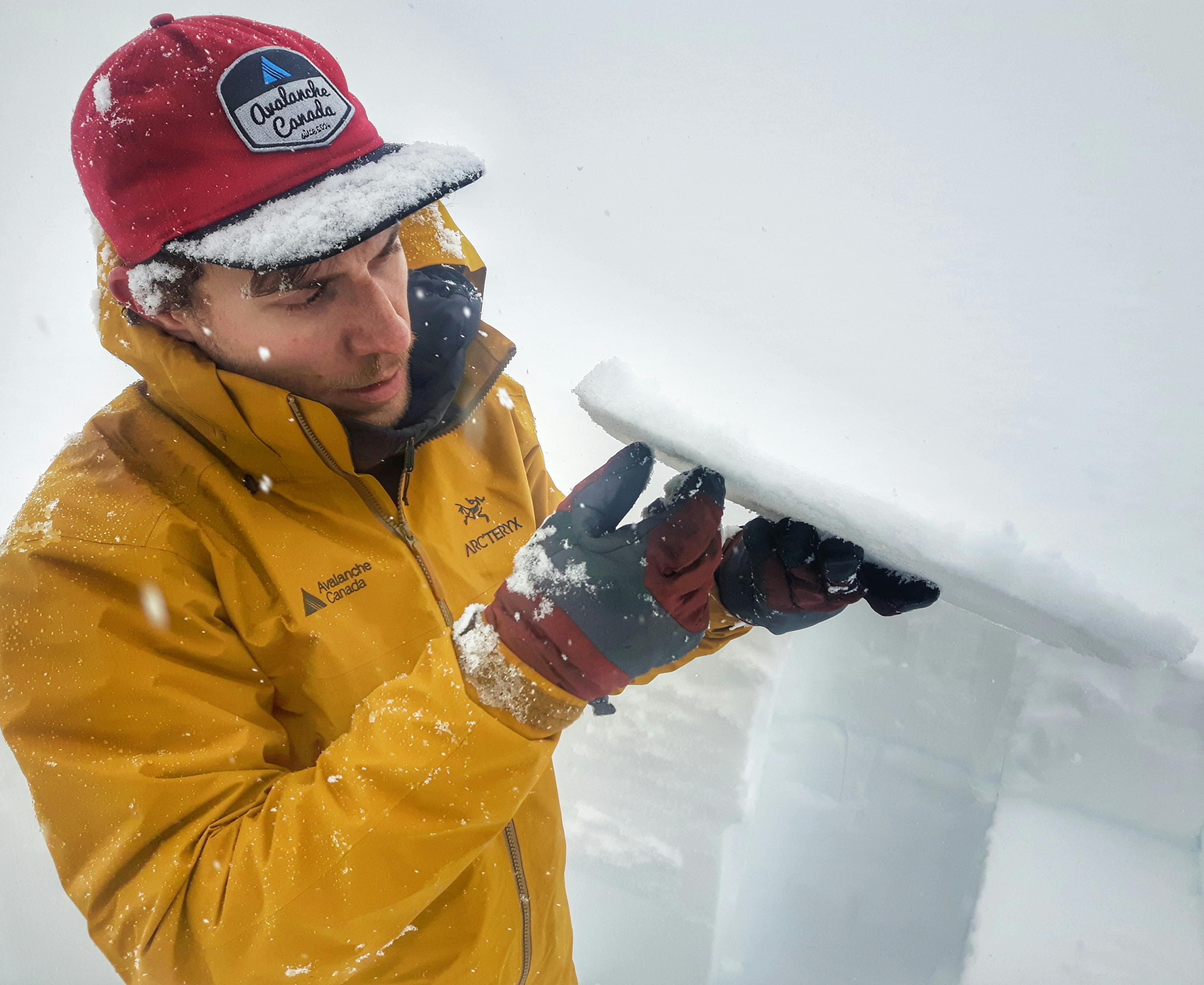
- Credit
- Raven Eye Photography
The combination of facets and crust in close proximity is a common feature of snowpacks that contain crusts. Facets can grow either above or below the crust.
Facets commonly grow above crusts. For example, when rain wets the snow and cold snow falls on top of it, it produces a very strong temperature gradient from the wet layer to the snow surface. Once the wet layer freezes and forms a crust, facets can form above the crust and act as a weak layer while the crust acts as a hard sliding surface below. This increases the likelihood of avalanches.
Facets can also grow below a crust as the crust inhibits the movement of water vapour through the snowpack. As the flow of water vapour halts near a crust, vapour is deposited as ice on nearby snow grains, creating facets. This is less problematic than facets forming above a crust, but avalanches can still happen if the crust slides along with an overlying slab.